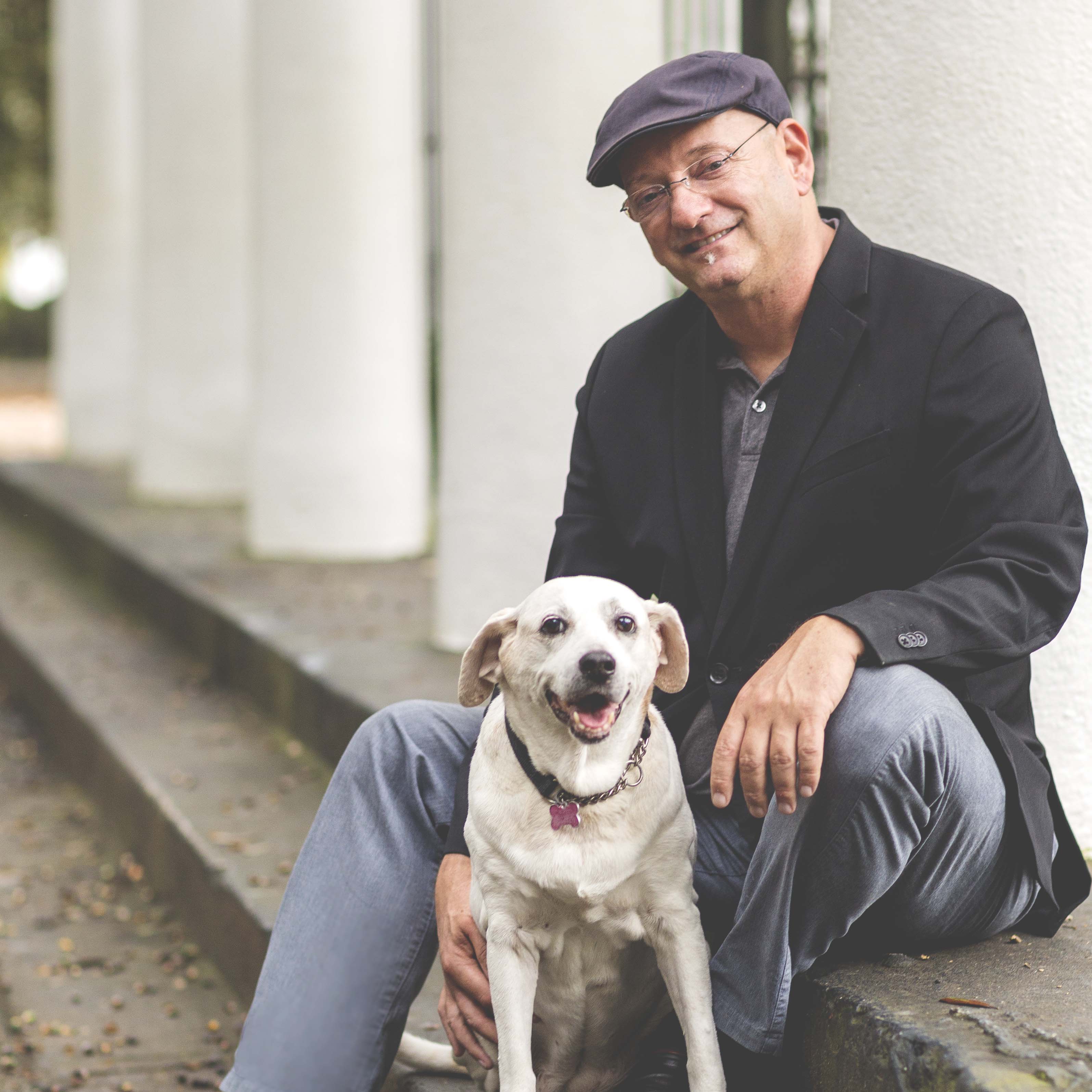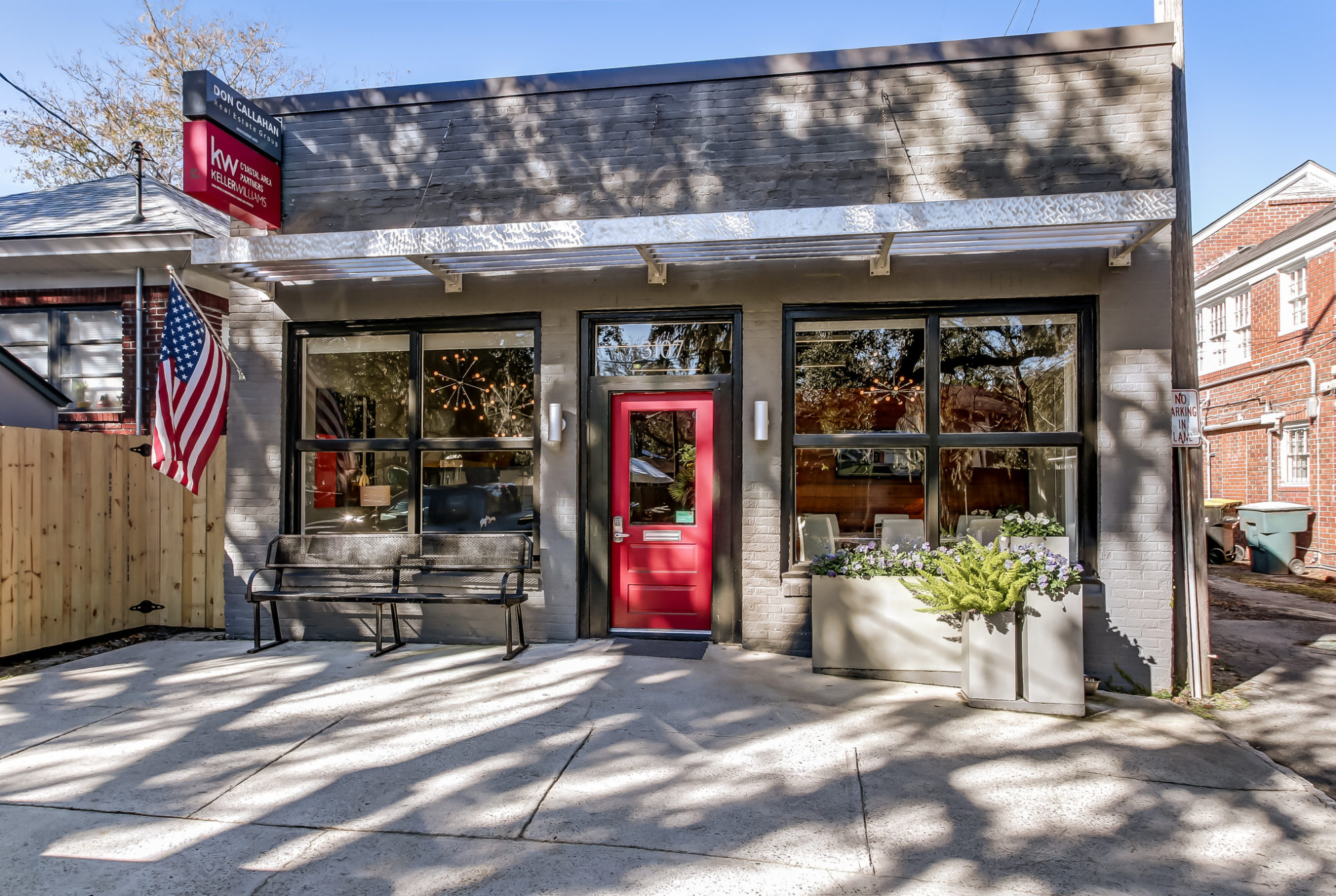Downtown Savannah Homes for Sale
The heart of Savannah's history
Savannah’s Landmark Historic District was designated a National Historic Landmark in 1966. It is one of the largest historic landmarks in the country. Its boundaries are East Broad Street, Gwinnett Street, MLK Boulevard and the Savannah River. Some of the significant buildings that were saved and restored include The Pirates’ House (1754), an inn mentioned in Robert Louis Stevenson’s book “Treasure Island”; the Herb House (1734), oldest building in Georgia; and the The Olde Pink House (1789), site of Georgia’s first bank. The birthplace of Juliette Gordon Low (completed in 1821), now owned and operated by the Girl Scouts of the U.S.A. as a memorial to their founder.
The Telfair Academy of Arts and Sciences, built in 1812 as a mansion, was one of the South’s first public museums. Restored churches include: The Lutheran Church of the Ascension (1741); Independent Presbyterian Church (1890) and the Cathedral of St. John the Baptist (1876), one of the largest Roman Catholic churches in the South. The First African Baptist Church was established in 1788. Savannah’s Temple Mickeve Israel is the third oldest synagogue in America.
In the last 10 years more than 50 million people came to visit Savannah, drawn by its elegant architecture, ornate ironwork, fountains and green squares. Savannah’s beauty is rivaled only by the city’s reputation for hospitality and a vibrant economy that pulses strongly. The Port of Savannah is one of the busiest in the country. Institutions of higher education are plentiful and include the Savannah College of Art and Design; a home-spun powerhouse in the realm of the Arts. Gulfstream is an exclusive maker of fine, private luxury jets and its marque is recognized around the world. Several large, excellent hospitals are nationally ranked and continue to expand their services.
By design, Savannah and its Landmark Historic District are microcosms that pulse with activity of all sorts from bars, to restaurants, to guest houses, retail and more. Life in the Landmark Historic District is a joyous reflection on the push and pull of city life as well as a study of the most famous urban forest and cityscape in the country. Lush green and booming business co-habitate side-by-side creating a synergy unrivaled by any other city.
NEARBY NEIGHBORHOODS
- Victorian District
- Thomas Square
- Beach Institute
Rich in History
A National Historic Landmark
The Landmark Historic District, is significant for its distinctive grid plan as well as its 18th and 19th century architecture. The district encompasses the original town plan laid out in 1733 by Gen. James E. Oglethorpe, founder of the British colony of Georgia. Today Downtown Savannah retains much of this plan based on divisions also called wards, squares, and “trustee lots”. Most of the original squares remain and are surrounded by fine examples of buildings in the Georgian, Greek Revival, and Gothic styles.
Savannah’s recorded history begins in 1733. That’s the year General James Oglethorpe and the 120 passengers of the good ship “Anne” landed on a bluff high along the Savannah River in February. Oglethorpe named the 13th and final American colony “Georgia” after England’s King George II. Savannah became its first city.
Oglethorpe laid the city out in a series of grids that allowed for wide open streets intertwined with shady public squares and parks that served as town meeting places and centers of business. Savannah had 24 original squares; 22 squares are in existence today.
During the American Revolution, the British took Savannah in 1778 and held it into 1782. After independence was secured, Savannah flourished. Soon, farmers discovered that the soil was rich and the climate favorable for cultivation of cotton and rice. After the invention of the cotton gin on a plantation outside of Savannah, the city rivaled Charleston as a commercial port.
With the wealth brought by cotton, residents built lavish homes and churches throughout the city. Pre-Civil War Savannah was praised as the most picturesque and serene city in America. It was known for its grand oaks festooned with Spanish moss and its genteel citizenry. The Georgia Historical Society was founded in that era and magnificent Forsyth Park acquired its ornate fountain, a sight worth seeing.
History, Architecture, and Preservation
As the city expanded, so did the repertoire of architectural styles among builders and architects. The 1820′s witnessed a proliferation of federal style brick townhouses with a side hall plan, both paired and in rows. Renowned English architect William Jay designed several high style Regency residences during this period, such as the Owens-Thomas House and Scarbrough House, which are distinguished by symmetry and innovative interior effects. Greek Revival, the predominant architectural style in the Landmark Historic District, began its reign in the 1830′s.
Constructed from Savannah grey brick, these residences are defined by a raised basement, side hall, simple lintel above the door and windows, transom lights, and classical elements such as Doric or Ionic columns and dentils. Greek Revival design was also applied to many institutional buildings such as Christ Church (1838) and the United States Customs House (1848-1852). After 1850, Savannah saw the rise of Italianate, Queen Anne, and Gothic and exotic revival styles. Many of these buildings are high style residences, exhibiting the prosperity of Savannah before the Civil War.
During the Civil War, the city suffered from sea blockades so strict that the economy crumbled. “Impregnable” Fort Pulaski at the mouth of the Savannah River was captured by Union soldiers in 1862. The city itself did not fall until Union General William Tecumseh Sherman entered in mid-December after burning the city of Atlanta and everything else in his path on his “March to the Sea.” Upon entering Savannah, Sherman was said to be so impressed by its beauty that he could not destroy it. On December 22, 1864, he sent a famous telegram to President Abraham Lincoln, offering the city as a Christmas present.
At the turn of the 20th century, cotton was king again. Savannah thrived, as did her new industries, including the export of resin and lumber. Then the boll weevils came, destroying most of the cotton and the state’s economy—about the same time that the Great Depression began. And so, it wasn’t until the post-war years that Savannah bounced back again, not just economically but also culturally and aesthetically. A group of women banded together in the 1950s to preserve historic structures threatened by the wrecking ball. Their brave endeavors began the Historic Downtown Savannah Foundation, which is credited with saving the beautiful architecture that was the foundation of Savannah’s charm.













